 In our second cycle for 2020, we dialogue with Charles Ringma’s book “Finding Naasicaa” (2007) and ask:
In our second cycle for 2020, we dialogue with Charles Ringma’s book “Finding Naasicaa” (2007) and ask:
When religious words are exhausted, yet we’re anxious for real hope,
how do we share the wonder of our world reborn when centred on Christ?
It’s a no-holds barred exploration facing doubt head on, and discerning what good news of God’s reign remains for a post-Christian generation prone to deconstruct dogmatic jargon, the transcendent, and empty optimism. Think Kesha’s Hymn for the Hymnless below, with lyrics here. (Share page: https://padlet.com/david_benson/OpenBook.)
In a post-Christendom world, young people continue to be vitally interested in matters of spirituality and justice, despite their lack of engagement with the Christian faith and church. This situation calls for new forms of communication and a reconsideration of the claims of the Christian faith. This book for searching minds does just this. A series of letters written by theologian Charles Ringma to his 19-year-old granddaughter, Finding Naasicaa addresses ultimate issues of life, faith, spirituality and social transformation accessibly, unpretentiously and winsomely.
 As Charles writes, this book is dedicated to “a new generation: bearers of hope for a newer tomorrow; a past generation of parents: whose spiritual faith fractured with the collapse of Christendom; and an older generation of grandparents: whose life is marked by anxious prayer.”
As Charles writes, this book is dedicated to “a new generation: bearers of hope for a newer tomorrow; a past generation of parents: whose spiritual faith fractured with the collapse of Christendom; and an older generation of grandparents: whose life is marked by anxious prayer.”
So, join us virtually at 6:55pm for a 7:00pm start, as we fuse liturgy that satisfies all five senses, rich book discussion, and transformative practices to live what you read.
(Shut out with Corona? Join us virtually direct zoom link here (or via https://zoom.us/join with Meeting ID 333262992 and Password = openbook.)
+++Delving Deeper+++
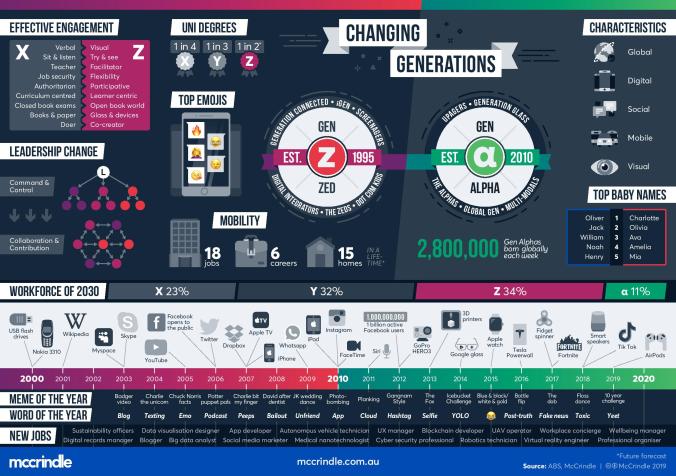
If you’d like to research more deeply the themes this book brings up, check out the following:
- For broad generational analysis, tilted towards emerging adults (Gen Z), see White (2017), Twenge (2017: iGen), Barna (2018: Gen Z) and McCrindle (2014: ABC of XYZ).
- On the exodus of young people from the church, both in the west more broadly, and Australia more specifically, see the Malyon College Alumni forum on “Where have all the young people gone,” drawing in key reports from
- Australia’s Generation Z Research and Report (2019; web)
- Barna/World Vision “Connected Generation” + Supporting Insights/Extra (2019; web), building on Kinnaman (2016: You Lost Me)
- Lewis (2015) and Cronshaw, Lewis and Wilson (2016) on ‘Hemorrhaging Faith’
- For a taste of the mental health/anxiety epidemic facing the emerging generations, check out the Mission Australia Youth Survey, especially the Report and Infographic for their 2012-2018 Mental Health Report.

- This angst and alienation is on show in the music of Billie Eilish, insightfully written about here and here
 On the process of individuation from adolescence to becoming an (emerging) adult who owns their own faith critically, see Arnett (2004: Emerging Adulthood), Smith and Snell (2009: Souls in Transition), Lewis (2013: Individuation and Faith Development)
On the process of individuation from adolescence to becoming an (emerging) adult who owns their own faith critically, see Arnett (2004: Emerging Adulthood), Smith and Snell (2009: Souls in Transition), Lewis (2013: Individuation and Faith Development)
- For the kinds of healthy Christian communities able to bear the deconstruction of young adults without turfing them out or turning them away, see Lewis (2018) and the NEXT program, Kinnaman and Matlock (2018: Faith for Exiles + web), Powell (2011: Sticky Faith + web), and Powell, Mulder and Griffin (2016: Growing Young + web)
- On the importance of story to frame our exploration of faith in a non-coercive way, see Jamie Smith’s related chapter in his book, On the Road with Saint Augustine here
- For (less orthodox) attempts to deconstruct and reconstruct tired language for how we speak about God and frame the Christian faith, see Merritt (2018: Learning to Speak God from Scratch), Evans (2018: Inspired), Borg (2012: Speaking Christian), Bell (2013: What We Talk About When We Talk About God), McLaren (2010: A New Kind of Christianity), Rollins (2012: The Idolatry of God), and finally in a more orthodox key, Comer (2017: God Has a Name)

- On why art is such a potent force to speak to emerging generations, with image going where words can’t, see Noble and Cosper (2017), Noble (2018: Disruptive Witness), and on Christian persuasion more broadly, see Paterson (2019)
- For a range of ways to share the the old story of the gospel with fresh words and ways, see Benson (“Sign Course,” “Epic Story” resources + web + Suburban Seed Sowers April 9, 2020 podcast for sharing faith amidst Covid lockdown + video below), Chan (2018: Evangelism in a Skeptical World + “How to tell my story“), McLaughlin (2019: Confronting Christianity), Keller (2016: Making Sense of God), “Following the Ways” (Steve Gray 2020: Solution to Human Brokenness + Gratitude & Grace), #FallingPlates, Cross-Over Easter Resources (e.g., 2019: “The Other Story“), or for a more Reformed approach, see Matthias Media’s “Two Ways to Live” (demo video)
+++Key Details+++
Check out the calendar below for key dates, and pick up your paperback or kindle version. Until then, pdfs of each reading are linked.
On the odd chance Corona restrictions lift, here’s how it works for face-to-face gatherings … We have a soft-start from 6:45pm—feel free to rock up early and eat your dinner or share a cup of tea. At 7:10pm sharp we get into the night, finishing each night by 9pm with supper together and an unrushed chat over coffee. OPEN BOOK includes some basic spiritual practices and prayer, before unpacking the pre-reading scheduled for that night.
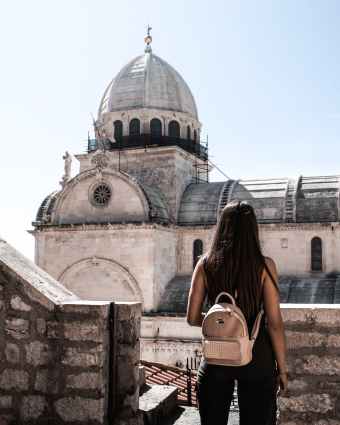 For each week, it helps to think through how the reading provokes you in 4 ways:
For each week, it helps to think through how the reading provokes you in 4 ways:
1) Question: what didn’t make sense?
2) Challenge: what did you think was wrong?
3) Implication: what wisdom does this offer for being a holistic witness to a post-Christian generation?
4) Application: how might this help us share the good news of God’s reign?
OPEN BOOK, THURSDAYS 7PM | Ringma’s, Finding Naasicaa (FN) | Join us virtually direct zoom link here (or via https://zoom.us/join with Meeting ID 333262992 and Password = openbook) + Share page: https://padlet.com/david_benson/OpenBook
L1 An opening word for Naasicaa
L2 The world without and within
L3 Life’s meaning and uncertainty
L4 The doing of good and the persistence of evil
L5 The story of God and the human predicament
May 28 | FN II, pp. 60–110 (Letters 6–8)
L6 Faith and doubt in a perilous world
L7 The sign and contradiction of the community of faith
L8 Symbols and countersigns of spirituality
June 11 | FN III, pp. 111–161 (Letters 9–12)
L9 Themes of life and threads of decay
L10 Passion, commitment and disillusionment
L11 Gratitude, wonder, creativity and the dulling power of conformity
L12 Mending and bending
June 25 | FN IV, pp. 162–202 (Letters 13–17)
L13 Work and play in a world of inequality
L14 The reign of God and the human enterprise
L15 The Galilean prophet and the timeless Christ
L16 Time, finitude, death and the power of hope and transcendence
L17 Afterword


 In our first cycle for 2020—“For the Life of the World“–we discover the difference it makes to realise God’s presence pulsating through all things. (Share page:
In our first cycle for 2020—“For the Life of the World“–we discover the difference it makes to realise God’s presence pulsating through all things. (Share page: 









 Christ’s Pieces pillar, Noel Payne, is the driving force behind this series. He first discovered this book,
Christ’s Pieces pillar, Noel Payne, is the driving force behind this series. He first discovered this book,  As we journey through this series, you may find the following sites and sources helpful to deepen your understanding:
As we journey through this series, you may find the following sites and sources helpful to deepen your understanding:

 September 12 | TL II,
September 12 | TL II, 

 In our second cycle for 2019 (starting Thursday 23rd May), we stare a half-century long
In our second cycle for 2019 (starting Thursday 23rd May), we stare a half-century long 


 At another level, it behooves any Christian who claims to follow the
At another level, it behooves any Christian who claims to follow the 
 And yet, a growing number of
And yet, a growing number of 
 How, then, can we take sides when
How, then, can we take sides when 
 Over four fortnightly sessions starting Thursday 23rd May (schedule below), editors
Over four fortnightly sessions starting Thursday 23rd May (schedule below), editors 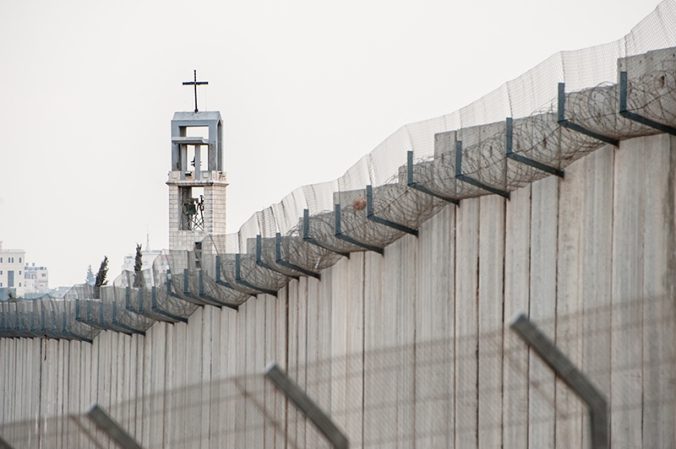

 Clearly, this book amplifies the less heard voice of Palestinian Christians. This shouldn’t, however, be taken as a one-eyed view of the world. No less a scholar than Old Testament Professor and former theological chair for the evangelical Lausanne global evangelisation movement, Dr. Chris Wright, offers
Clearly, this book amplifies the less heard voice of Palestinian Christians. This shouldn’t, however, be taken as a one-eyed view of the world. No less a scholar than Old Testament Professor and former theological chair for the evangelical Lausanne global evangelisation movement, Dr. Chris Wright, offers  Ultimately this is not about choosing sides. Whatever our view, we need to skirt both the Scylla of supercessionism (where Israel is replaced by the church and is ignored in the rest of the Bible) and the Charybdis of unthinking Christian Zionism (where the modern and largely secular nation-state of Israel is conflated with the ancient ethnic group of Jews, thereby baptising all they do and offering unconditional support to their possession of modern territory that unethically displaces and harasses Palestinians).
Ultimately this is not about choosing sides. Whatever our view, we need to skirt both the Scylla of supercessionism (where Israel is replaced by the church and is ignored in the rest of the Bible) and the Charybdis of unthinking Christian Zionism (where the modern and largely secular nation-state of Israel is conflated with the ancient ethnic group of Jews, thereby baptising all they do and offering unconditional support to their possession of modern territory that unethically displaces and harasses Palestinians). Over 4 Thursday sessions (May 23 – July 4) at Andrew and Liz Nichols’ house (
Over 4 Thursday sessions (May 23 – July 4) at Andrew and Liz Nichols’ house (

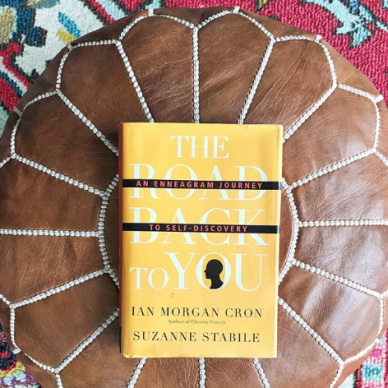




 1) Questions: what didn’t make sense?
1) Questions: what didn’t make sense?




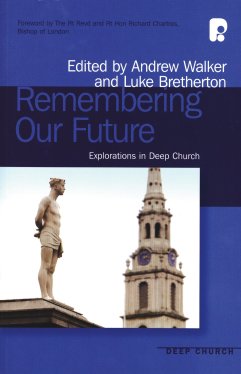



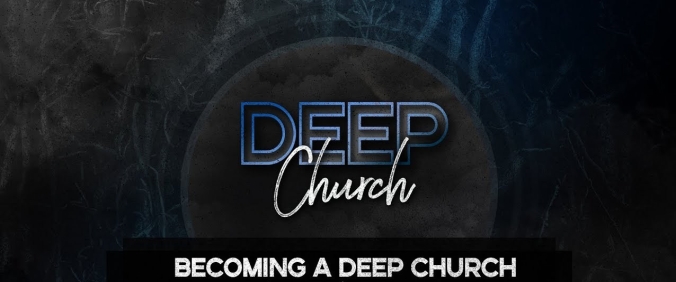




 In our second cycle for 2018 (starting Thursday 24th May), we tackle the vexed question of sexuality. Unless you’ve been hiding in a closet since the 1960s, it’s pretty evident that a lot has changed when it comes to sex. All our mores and most every moral has come up for scrutiny, from the taken-for-granted (though rarely practiced) Christian line of no sex before marriage and life-long complementary union “until death do we part”, to the norm of nuclear families purposed for bearing children. We live in the age of no-fault divorce, friends with benefits, sexting in schools and “torture porn” on TV (think “Game of Thrones”), Tinder hook ups, LGBTIQA+ multiplying identities, safe schools and gender education normalising dysphoria, gay pride and homosexual marriage, surrogacy, contraception and over-the-counter abortifacents, partner swapping, and the sexual revolution rolls on.
In our second cycle for 2018 (starting Thursday 24th May), we tackle the vexed question of sexuality. Unless you’ve been hiding in a closet since the 1960s, it’s pretty evident that a lot has changed when it comes to sex. All our mores and most every moral has come up for scrutiny, from the taken-for-granted (though rarely practiced) Christian line of no sex before marriage and life-long complementary union “until death do we part”, to the norm of nuclear families purposed for bearing children. We live in the age of no-fault divorce, friends with benefits, sexting in schools and “torture porn” on TV (think “Game of Thrones”), Tinder hook ups, LGBTIQA+ multiplying identities, safe schools and gender education normalising dysphoria, gay pride and homosexual marriage, surrogacy, contraception and over-the-counter abortifacents, partner swapping, and the sexual revolution rolls on. What a travesty to treat “sexuality” as a problem, when it was one of God’s foundational gifts to those bearing his likeness. And yet, we must step back, looking with fresh eyes at both the culture and the Scriptures, to discern how God may be at work in this particularly turbulent period where religion is taboo and confined to one’s private quarters, while what was hidden in the bedroom is now public politic.
What a travesty to treat “sexuality” as a problem, when it was one of God’s foundational gifts to those bearing his likeness. And yet, we must step back, looking with fresh eyes at both the culture and the Scriptures, to discern how God may be at work in this particularly turbulent period where religion is taboo and confined to one’s private quarters, while what was hidden in the bedroom is now public politic.

 For some excellent reviews of Divine Sex (DS)–if the wide-ranging commendations on the back-cover don’t cut it for you–check these out:
For some excellent reviews of Divine Sex (DS)–if the wide-ranging commendations on the back-cover don’t cut it for you–check these out:


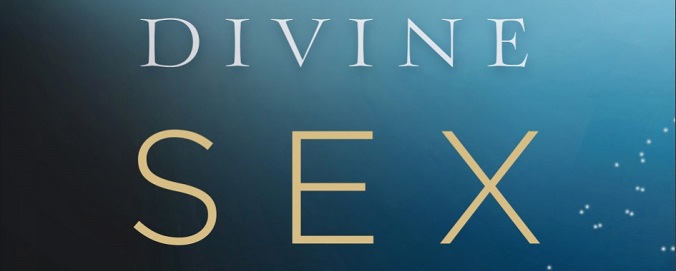



 Thank God, then, for Fitch. He steps in with a more embracing theological vision of God’s faithful presence across biblical history. He presses back on Hunter, revealing that the church itself, in its very inner life and rhythms when rightly constituted, is a counter-politic embodying God’s peace-full reign. And that’s all by Chapter 2. (For a 3 minute grab of why Fitch thinks we must move “from gospel presentation to kingdom presence” see
Thank God, then, for Fitch. He steps in with a more embracing theological vision of God’s faithful presence across biblical history. He presses back on Hunter, revealing that the church itself, in its very inner life and rhythms when rightly constituted, is a counter-politic embodying God’s peace-full reign. And that’s all by Chapter 2. (For a 3 minute grab of why Fitch thinks we must move “from gospel presentation to kingdom presence” see 
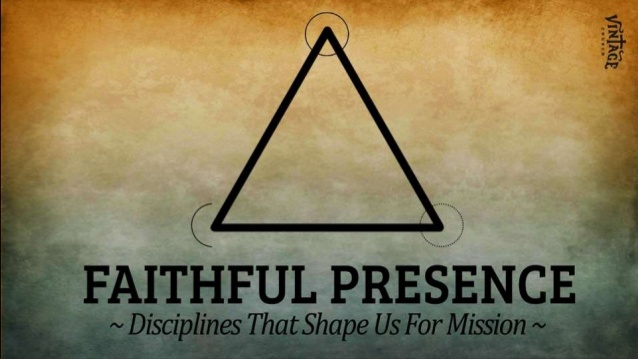
 Reconciliation (peace-making)
Reconciliation (peace-making)

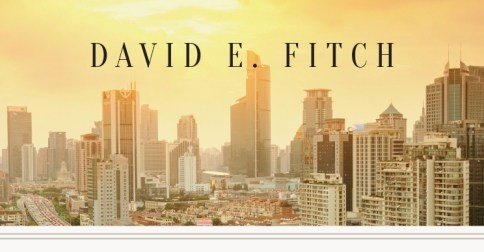
 Our conversation partner is the Argentinian, Jorge Mario Bergoglio. You likely know him better as the 266th Sovereign of Vatican City, Pope Francis (or Papa Francesco as Italians fondly call him), who took his name from the nature loving
Our conversation partner is the Argentinian, Jorge Mario Bergoglio. You likely know him better as the 266th Sovereign of Vatican City, Pope Francis (or Papa Francesco as Italians fondly call him), who took his name from the nature loving 


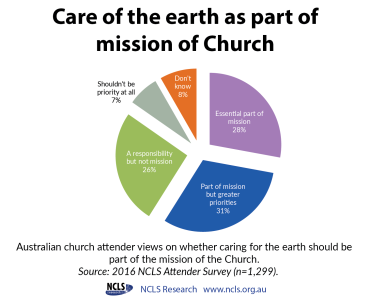
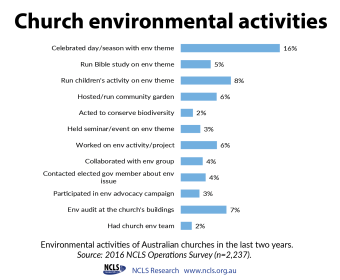
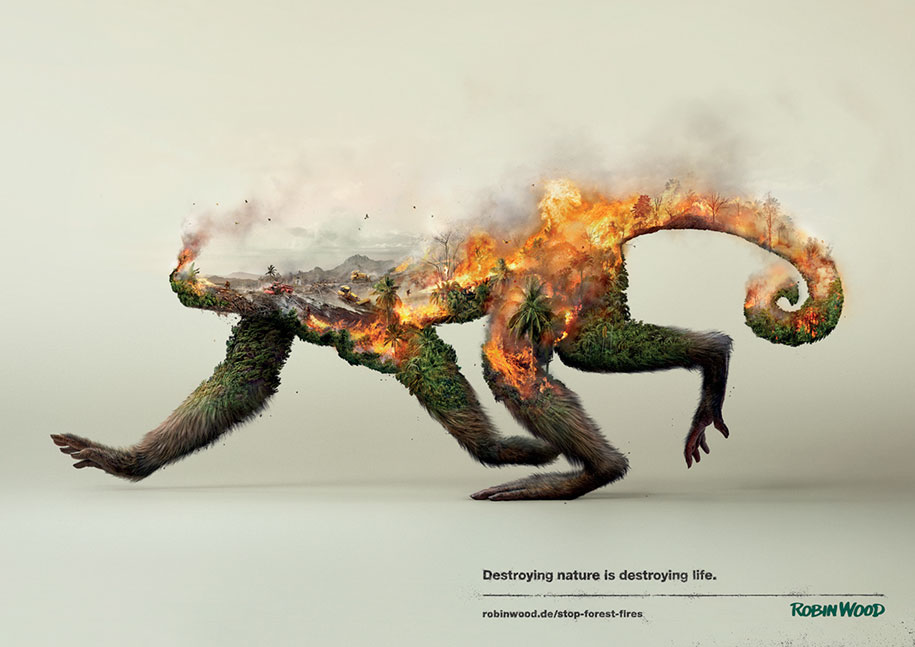
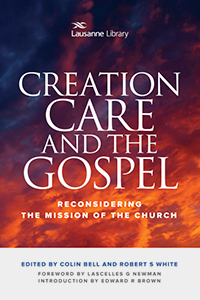
 In our second cycle for 2017 (starting Thursday 27th July), we turn to explore the challenge of a community sustaining its faith in a secular culture toxic to deep commitment:
In our second cycle for 2017 (starting Thursday 27th July), we turn to explore the challenge of a community sustaining its faith in a secular culture toxic to deep commitment: Our conversation partner is American conservative and Eastern Orthodox devotee, Rod Dreher. His book,
Our conversation partner is American conservative and Eastern Orthodox devotee, Rod Dreher. His book, 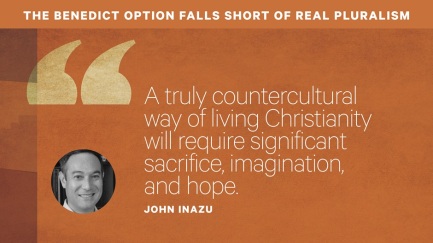 Okay, the tone of these reviews not-so-subtly communicates that I’ve stopped short of the monastic gates to Mr. Dreher’s Benedictine retreat. I’m not particularly conservative, I detest self-concerned protectionism, and this book is far more right-leaning than most of Open Book’s offerings here-to-fore. So, why bother with this diatribe?
Okay, the tone of these reviews not-so-subtly communicates that I’ve stopped short of the monastic gates to Mr. Dreher’s Benedictine retreat. I’m not particularly conservative, I detest self-concerned protectionism, and this book is far more right-leaning than most of Open Book’s offerings here-to-fore. So, why bother with this diatribe? And for two, it asks questions Aussie Christians must answer. How can we sustain faith in an increasingly secular context—one which corrodes contemporary Christianity faster than an iron ark on a salty sea? Since the Australian Bureau of Statistics released its
And for two, it asks questions Aussie Christians must answer. How can we sustain faith in an increasingly secular context—one which corrodes contemporary Christianity faster than an iron ark on a salty sea? Since the Australian Bureau of Statistics released its  The situation is markedly more dire if you delve below the superficial ABS data, and dive into the 2016 NCLS “
The situation is markedly more dire if you delve below the superficial ABS data, and dive into the 2016 NCLS “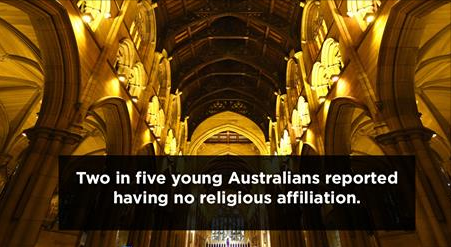 The
The  What is the role of God’s people in an increasingly post-christian West? Are we activist exiles or quaint keepers of an ancient flame? Are we to lean in to culture and insist on our right to act as chaplains to a fading Christendom, or should we withdraw and exercise the ‘Benedict option’? What is a creative and biblical strategy for how the church is to be in a context where God’s people feel increasingly marginalised and overlooked.
What is the role of God’s people in an increasingly post-christian West? Are we activist exiles or quaint keepers of an ancient flame? Are we to lean in to culture and insist on our right to act as chaplains to a fading Christendom, or should we withdraw and exercise the ‘Benedict option’? What is a creative and biblical strategy for how the church is to be in a context where God’s people feel increasingly marginalised and overlooked.
